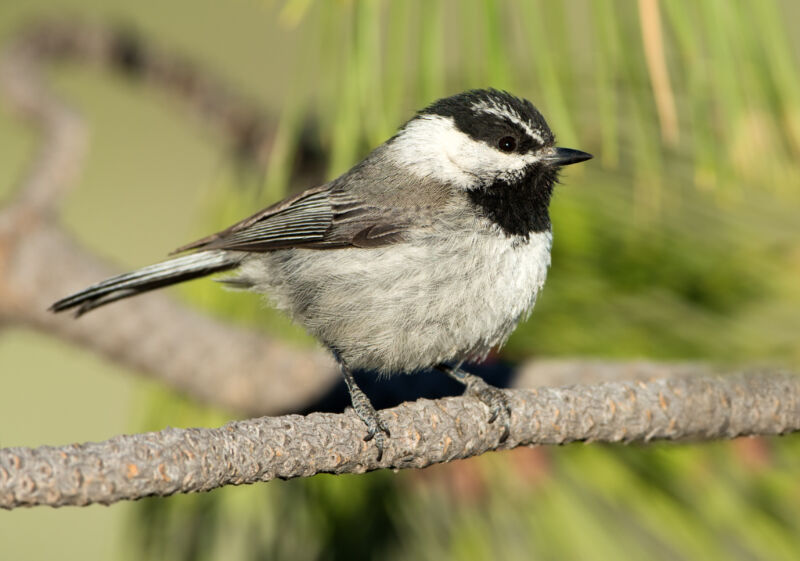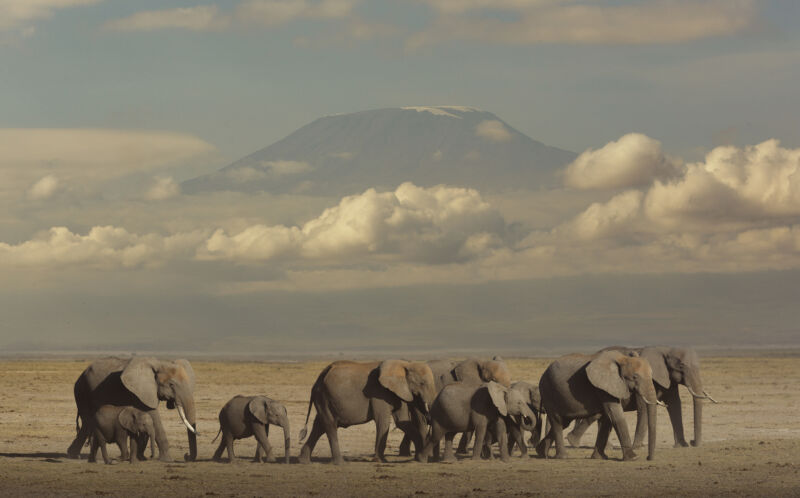Remembering where your meals came from key for a small bird’s survival

Enlarge (credit: BirdImages)
It seems like common sense that being smart should increase the chances of survival in wild animals. Yet for a long time, scientists couldn’t demonstrate that because it was unclear how to tell exactly if a lion or a crocodile or a mountain chickadee was actually smart or not. Our best shots, so far, were looking at indirect metrics like brain size or doing lab tests of various cognitive skills such as reversal learning, an ability that can help an animal adapt to a changing environment.
But a new, large-scale study on wild mountain chickadees, led by Joseph Welklin, an evolutionary biologist at the University of Nevada, showed that neither brain size nor reversal learning skills were correlated with survival. What mattered most for chickadees, small birds that save stashes of food, was simply remembering where they cached all their food. A chickadee didn’t need to be a genius to survive; it just needed to be good at its job.
Testing bird brains
“Chickadees cache one food item in one location, and they do this across a big area. They can have tens of thousands of caches. They do this in the fall and then, in the winter, they use a special kind of spatial memory to find those caches and retrieve the food. They are little birds, weight is like 12 grams, and they need to eat almost all the time. If they don’t eat for a few hours, they die,” explains Vladimir Pravosudov, an ornithologist at the University of Nevada and senior co-author of the study.


